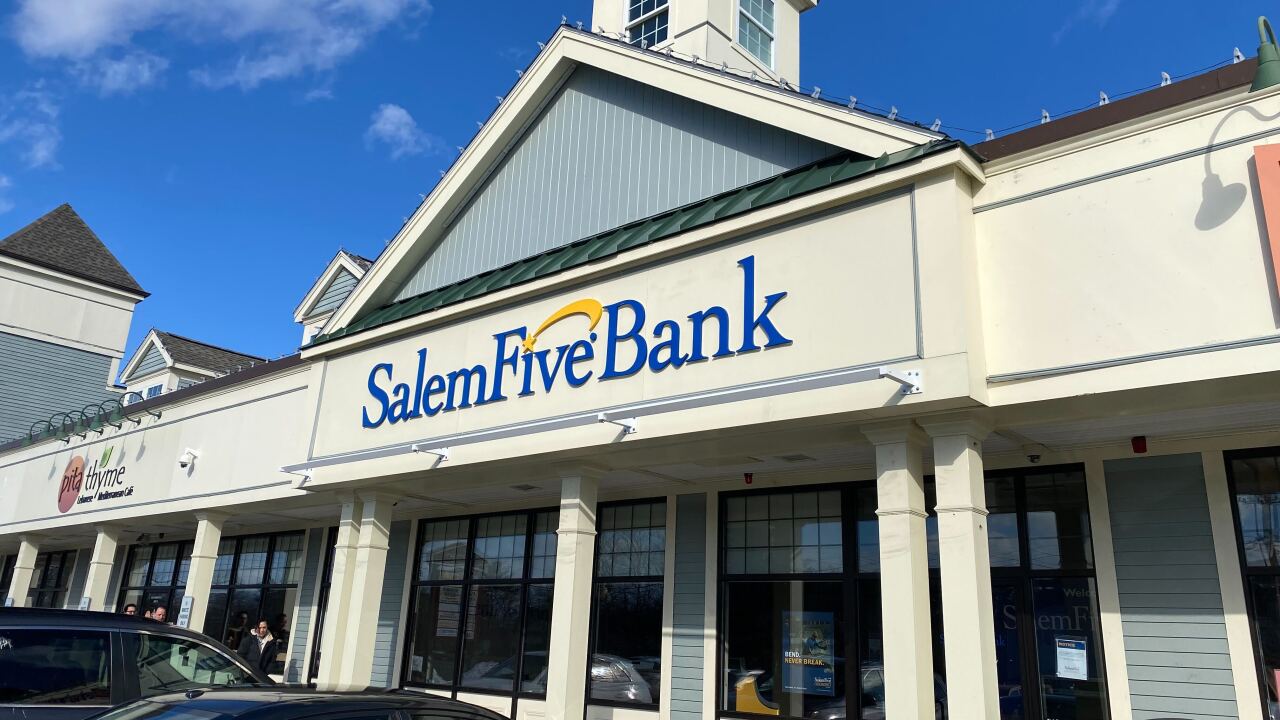Want unlimited access to top ideas and insights?
Managing director, AML modeling and machine learning
Meera Das is a crime investigator at heart.
“Anytime you're trying to solve for a very rare event or an event that doesn't happen all that often, there is a certain high that anybody gets off trying to find that individual that we've never seen before, or that behavior that we haven't seen before in the same way,” said Das. “I wouldn't call it a victory per se, but you do feel good about what you're trying to do and why you're doing it.”

Das’ interest in detecting wrongdoing is useful in her job applying artificial intelligence and machine learning to BMO Financial Group’s anti-money-laundering efforts.
Money laundering prevention has grown in importance. Regulators imposed $8 billion in AML fines against banks around the world in 2019.
But Das believes this is changing.
“Everyone's gotten wiser and to a certain extent smarter in terms of how financial crime occurs,” she said. “The evolution that we're seeing is that people, banks, and even regulators are no longer afraid of going that next step to say, we need more complicated models, we need more data.”
BMO is among the banks using AI to reduce false positives and find the true perpetrators of crime lurking in its transaction records. Das is a leader in that effort.
She is one of 15 executives selected for our second annual Next list. This extension of our Most Powerful Women in Banking program is meant to highlight high-achieving women in the leadership pipeline who are age 40 and under.
In 2019, under Das’ oversight, BMO upgraded its AML program.
The AML software the bank had been using cost more than $20 million to implement and maintain and produced a lot of false positives.
Das’ team tested several other vendors’ AML systems and found them wanting. They lacked any deep ability to customize, which meant they could create a wide dragnet that could sweep up innocent people.
To prevent this, banks need to look for patterns of behavior, like customers withdrawing large amounts of cash or visiting many ATMs to get cash. “When you start to get into more specifics in terms of how these models look at these activities, you can pinpoint the unusual activity a lot better,” Das said.
A better mousetrap
Her team created a machine learning-based system that cost $1 million to build and closely resembles manual analysis to identify potentially suspicious activity. It analyzes documents for context and additional information that can help determine when something questionable is happening — for instance, that a deal is taking place in or near a sanctioned country.
The new model produces fewer false positives than the previous one, which has led to operational savings of close to 90%. At the same time, it’s increased the detection of suspicious activity by 25 times.
It took close to a year to create the new program, but the results were worth the time and effort, Das said. “The model that we've built is doing a much better job than the vendor model that we had in place,” she said.
Meera is an excellent communicator and a persuasive leader, always ready for the next challenge and always willing to help others and provide advice.
Some banks have been hesitant to deploy AI-based AML for fear of how regulators might react. Das said BMO has never had any pushback, which she attributes to making sure it always fully explains to regulators what it’s doing and why.
Das’ career path reflects her idealism. She started out in clinical cancer research. She worked in the research environment of a hospital where she had to calculate survival rates for trial members.
She said she feels “fortunate,” after switching to risk management, to have ended up in AML, in part because she sees a greater good in the work. “This is one of the very few areas of the bank where you’re trying to make society in general better,” she said. “We are doing our very small part of the whole equation when it comes to detecting financial crime.”
From quant to C-suite?
Quants rarely make it into higher management.
“For those of us who have technical backgrounds, empathy and the human element don't always come naturally,” Das acknowledged.
But she sees the fact that she was an analyst for many years before moving into leadership roles as an asset.
“That helps because I am able to relate to some of the day-to-day activities my team gets,” she said. “I'm not blind to how long certain things are going to take. I understand the complexities of dependencies that we have with other groups.”
She also tries to build diverse teams.
“We are a team with very different skill sets; I have statisticians, economists, and programmers as engineers on the team,” she said. “We all bring something to the table that allows us to make a better informed decision and move forward.”
Nominating executive:
Wassim El Ouni
Head of risk capital and model development
What he says:
El Ouni, who appreciates Das’ bold ideas and attention to detail, described her as “inspiring.” “Meera is an excellent communicator and a persuasive leader, always ready for the next challenge and always willing to help others and provide advice,” he said.




